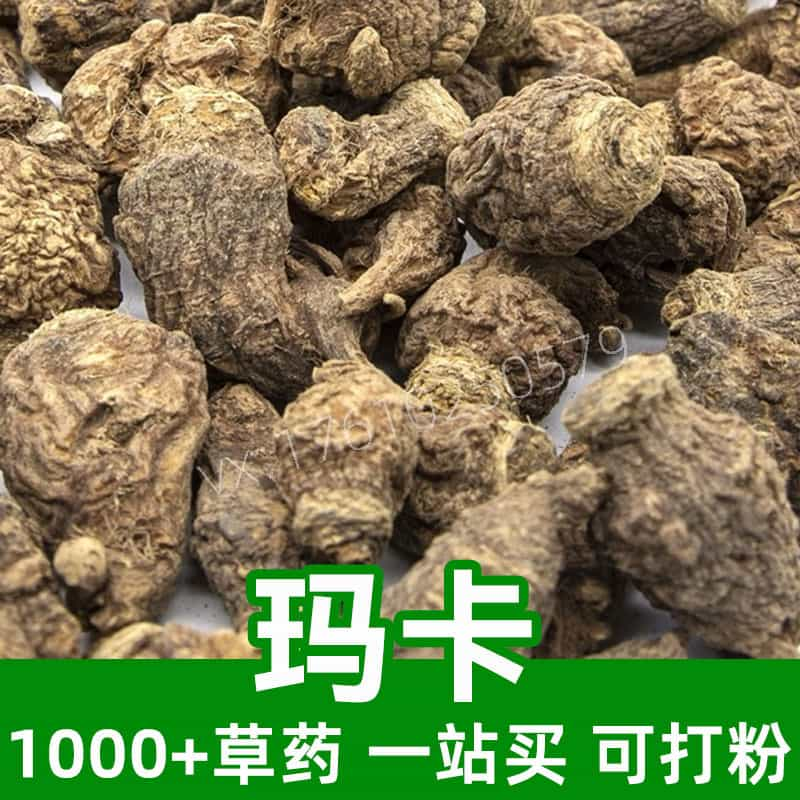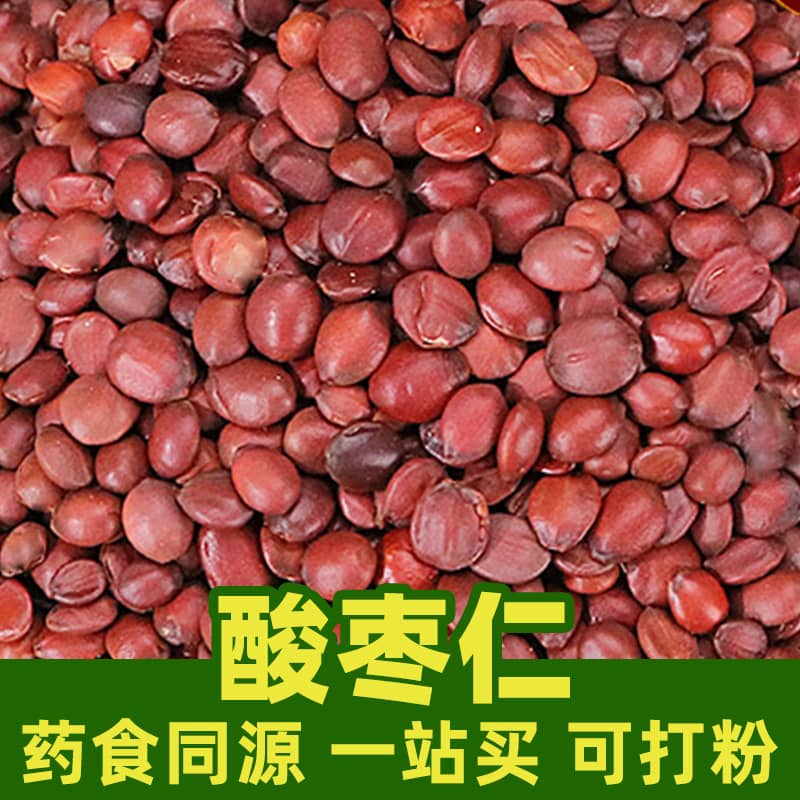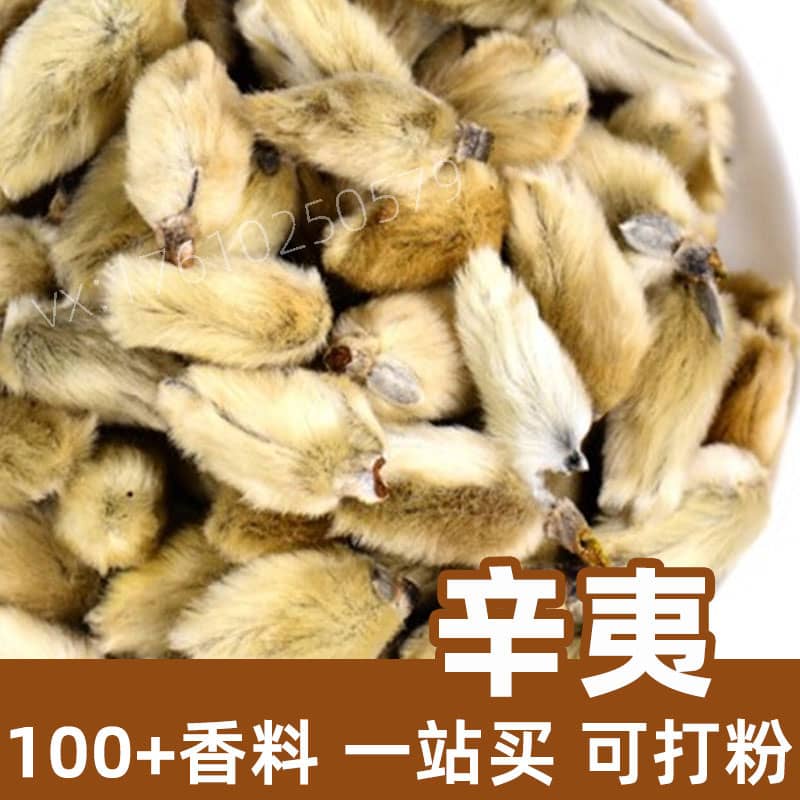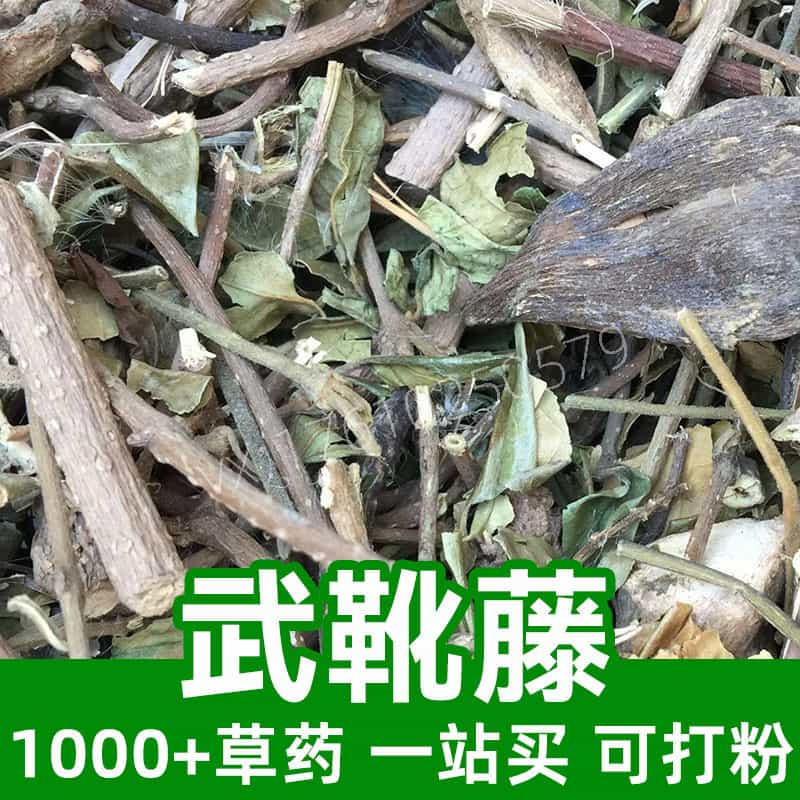Camu-Camu Product Introduction
Camu-Camu, also known as *Camu-camu*, is a tropical fruit native to the Amazon River Basin in South America. It is characterized by its bright yellow or orange skin and sweet-tart, juicy flesh. Rich in vitamin C, flavonoids, and antioxidants, Camu-Camu is widely used in health supplements and food additives. Known for its ability to enhance immunity, provide antioxidant support, and promote skin health, Camu-Camu is a popular choice for health products and can also be processed into jams, juices, and other foods, making it a consumer favorite.
Camu-Camu Key Active Ingredients
Camu-Camu is a nutrient-rich fruit, with its primary active ingredients including:
- Vitamin C:Camu-Camu is one of the world’s richest sources of vitamin C, containing 2,000-3,000 mg per 100 grams of fruit. Vitamin C is a powerful antioxidant that supports immune function, helps prevent colds, and combats other illnesses.
- Flavonoids:Abundant in flavonoid compounds like anthocyanins and carotenoids, these antioxidants protect cells from free radical damage, helping to slow aging.
- Carotenoids:Camu-Camu contains beta-carotene and other carotenoids, which promote vision and skin health while maintaining normal physiological functions.
- Phenolic Compounds:Rich in phenolics like anthocyanins and flavonoids, Camu-Camu offers anti-inflammatory, antibacterial, and antioxidant benefits, contributing to disease prevention and overall health.
In addition to these key components, Camu-Camu is also packed with dietary fiber, amino acids, and minerals. These nutrients work together to support overall health, making Camu-Camu a sought-after ingredient in health foods, beverages, and cosmetics.
Camu-Camu Applications and Usage
Camu-Camu is a versatile fruit with applications in both traditional medicine and the food industry.
In Traditional Medicine
Camu-Camu is often incorporated into herbal remedies for its cooling and detoxifying properties. Common applications and recommended usages include:
- Detoxification:Used to clear heat and detoxify, Camu-Camu helps relieve symptoms such as fever, sore throat, and mouth ulcers.Usage: Boil an appropriate amount in water to make a tea or syrup.
- Lung and Throat Health:Its rich vitamin C and flavonoid content helps soothe the lungs and relieve cough, making it effective for respiratory issues.Usage: Crush the fruit and steep in water, optionally adding honey for flavor.
- Digestive Support:Nutrient-dense Camu-Camu helps strengthen digestion and is beneficial for appetite loss or weak digestion.Usage: Boil in water and consume as a daily beverage.
- Cold Prevention:High vitamin C content boosts immunity and helps prevent colds.Usage: Consume raw, as juice, or in small daily servings.
In Food Products
Camu-Camu is used to produce jams, juices, dried fruit, candies, and as a flavoring in health foods and supplements. Its tangy taste makes it a favorite in culinary applications, including sauces and beverages.
Overall, Camu-Camu is commonly prepared as teas, syrups, or snacks, with usage tailored to individual needs. Dosage should be moderated to avoid overconsumption.
Camu-Camu Plant Characteristics, Distribution, and Growth Conditions
Camu-Camu comes from the Diospyros kaki tree, a species in the ebony family.
1. Plant Characteristics:
The Camu-Camu tree is a deciduous tree that can grow over 10 meters tall. It has a rounded or oval canopy and grayish-brown bark with a slightly rough texture. Its glossy, dark green leaves have smooth upper surfaces and fine hairs on the underside, with serrated edges. It flowers in spring, producing small, white blossoms in clusters that later develop into the bright orange fruit.
2. Distribution:
Native to China, the tree thrives in regions south of the Yangtze River, including Jiangsu, Zhejiang, Fujian, Guangdong, and Guangxi provinces. It has also been introduced to other subtropical and temperate regions globally.
3. Growth Environment:
The Camu-Camu tree thrives in warm, humid climates with plenty of sunlight and grows best at temperatures between 15°C and 30°C. It prefers loose, fertile, well-drained soils with moderate pH levels. Regular pruning and proper water and nutrient management are essential for optimal growth and fruit yield.
Camu-Camu Harvesting, Processing, and Storage
Proper handling of Camu-Camu during harvesting, processing, and storage is crucial for preserving its quality.
1. Harvesting:
Camu-Camu is typically harvested in autumn when the fruit turns orange-yellow. Select firm, smooth, undamaged fruits and handle them gently to prevent bruising.
2. Processing:
After harvesting, the fruit is washed to remove dirt and impurities. It can be processed into products like jams or dried fruit. For jam production, peel, seed, and cut the fruit before cooking with sugar and lemon juice until thickened.
3. Storage:
Fresh Camu-Camu can be kept at room temperature for a few days or refrigerated for longer storage. Avoid storing with other fruits to prevent cross-contamination. The fruit should remain dry to prevent spoilage.
4. Packaging:
For extended shelf life, store in breathable bags or airtight containers with desiccants to absorb moisture. Ensure fruits are spaced apart to avoid crushing.
Proper harvesting, processing, and storage techniques maintain the freshness and quality of Camu-Camu, ensuring a delightful and nutritious experience for consumers.
Monica Sun is a seasoned expert in the natural raw materials industry, with over a decade of experience specializing in traditional Chinese medicinal herbs, spices, and fungi. She is skilled in the sourcing, processing, and application of these materials, emphasizing sustainability and innovation. Monica Sun has contributed to the development of high-quality natural raw materials that serve as essential components in functional foods, pharmaceuticals, and cosmetics, delivering tailored solutions to meet diverse market needs.















